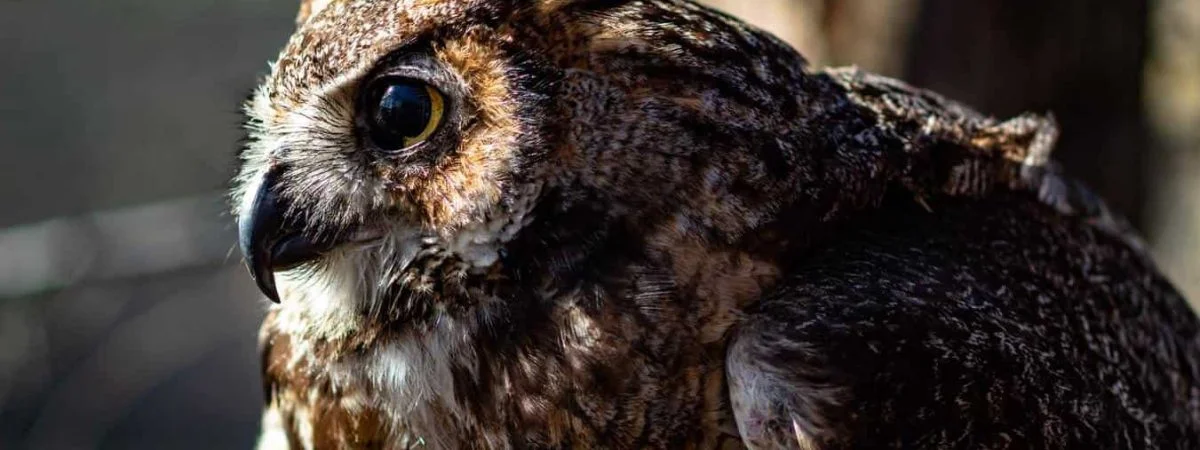
Want to learn more? This National Geographic Book on Owls is a great read!
The most commonly seen owl in the state of Indiana is the Short-eared Owl and the Barred Owl is the least commonly seen.
As a state, Indiana has a continental climate which means that they have cold winters and long, warm summers that are often rather humid.
There are 25 different state parks across the state of Indiana and there are 3 national parks.
These national parks are Lincoln Boyhood National Memorial, George Rogers Clark National Historic Park and Indiana Dunes National Park.
Now that we’ve looked at the state of Indiana and its climate, let’s have a look at the different owl species that can be found there in more individual detail.
Want to attract Owls to your yard? Take a look at our article!
What Owls can be seen in Indiana?
Table of Contents
1. Barn Owl
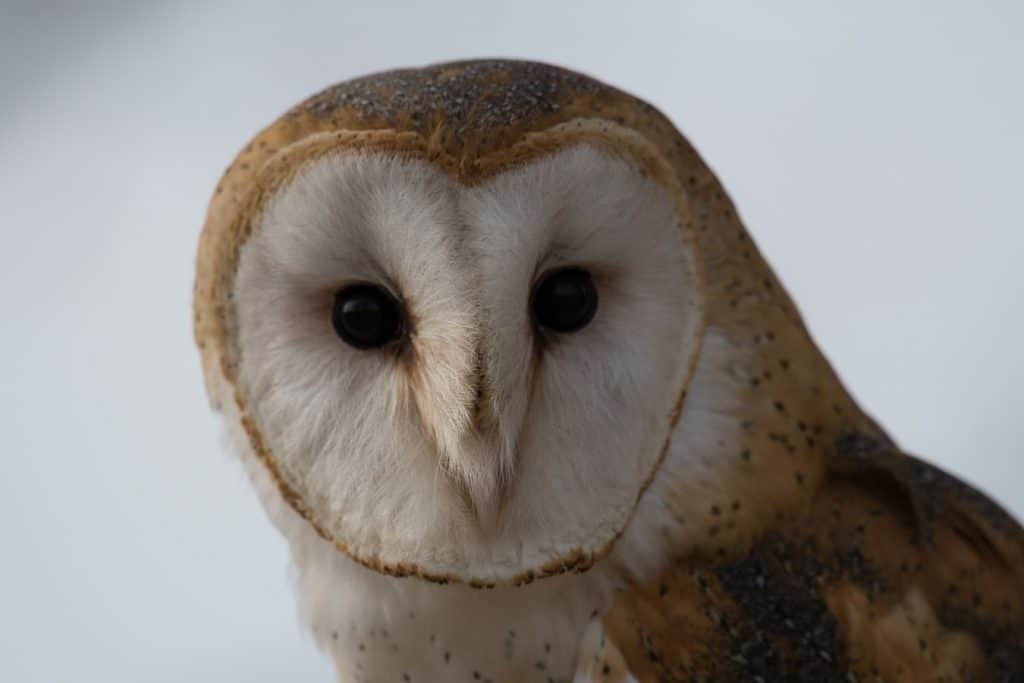
Wingspan
107 to 110 cm
Weight
430 – 620 g
Life Expectancy
Up to 4 years
Diet
Voles, Shrews & Mice
Barn Owls are medium in size and have long rounded wings.
In certain lights, these owls can appear to be completely white, but their backs and wings are actually covered in buff and grey feathers.
These owls have a large range that spans 48 different states and they can commonly be found in areas of open grasslands. Barn owls are monogamous and will form breeding pairs that last for life.
However, there have been reports of males mating with more than one female.
Males have a specific courtship display which involves them doing a move called a ‘moth flight’ wherein they hover in front of a female with their legs dangling. The number of eggs per brood has a very wide range, with females laying between 2 to 18 eggs.
The wide range of this owl covers the whole state of Indiana. As well as this they are permanent residents and can be seen throughout the whole year in the state but they are most active during their breeding seasons.
They have most commonly been seen in the southern half of the state.
2. Great Horned Owl

Wingspan
~140cm
Weight
1.4 kg
Life Expectancy
28 years old
Diet
Squirrels, Rabbits & Skunks
These owls are large in size and have reddish brown faces whilst the rest of their body is covered in mottled grey feathers. They have two prominent feather tufts on their head which resemble horns, hence their name.
This species of owl has a varied habitat range but you are most likely to find them in areas of dense forest, however, in recent years they have become more commonly seen in sub-urban areas such as in city parks.
Great Horned Owls mate monogamously and appear to form long term breeding pairs.
They will stay in their territory together throughout the year, however, they will only roost together during the breeding seasons.
Both individuals in the breeding pair will help defend the territory from intruders and there have even been instances of these owls killing members of their own species.
These owls can be found throughout the whole state on Indiana. They are permanent residents in the state and can be seen year-round.
Sightings of these birds are relatively even across the state but the most common number of sightings have been to the south east to the state.
3. Northern Saw-whet Owl
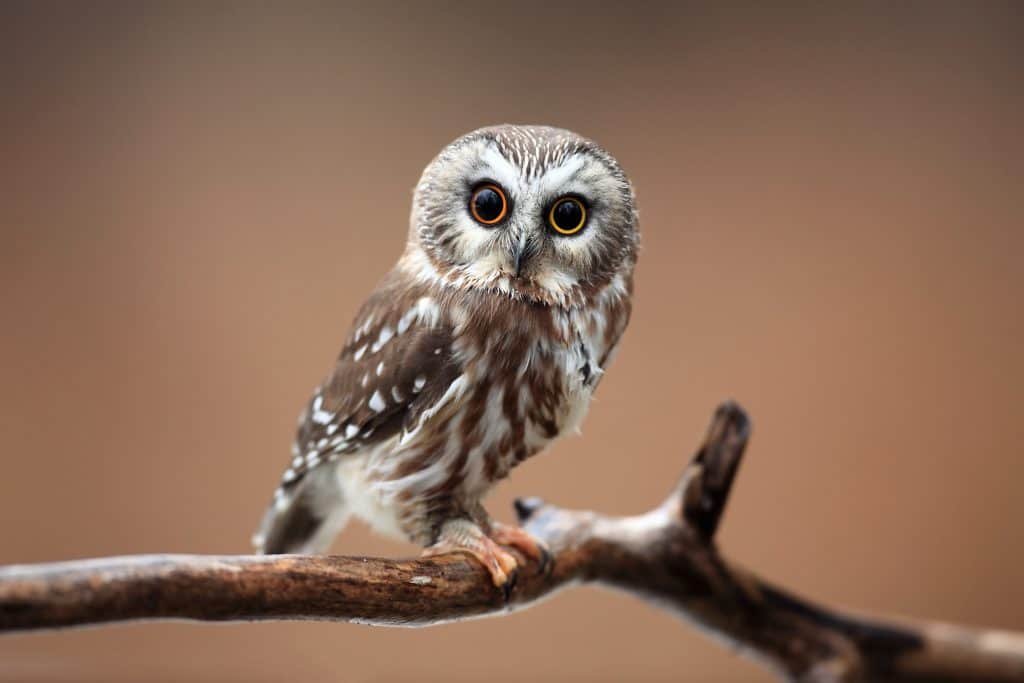
Wingspan
40 - 60 cm
Weight
100 g
Life Expectancy
7 years
Diet
Small birds, young squirrels, voles & shrews
The Northern Saw-Whet Owl has noticeable wide orange eyes and it is one of the much smaller species of owl.
Their wings and their backs are covered in brown feathers of different shades and have similar patterns to each other, whilst their bellies are bright white in colour.
These birds will only nest in dense woodland areas and will usually nest in areas of more mature woodlands.
The density of the forest becomes a bigger factor in the winter and breeding seasons, they need much denser woodlands during these times.
In seasons of high prey abundance, some males have been known to mate with another individual, but apart from this they are usually monogamous.
The level of prey abundance is the only thing currently known to affect the levels of monogamy. However, breeding pairs do not form long term mates and individuals will find a new mate in each subsequent breeding season.
Because of their small size, these owls are also often preyed on by a variety of larger owl species, including several that we have previously looked at in this article.
These owls have a large range across the northern states of the USA and can be seen in all regions of Indiana. However, they are only year-round residents in the far northern regions of the state.
In central and southern areas of the state they can only be seen outside of their breeding season. They have the lowest number of recorded sightings in the south east of the state.
4. Short-Eared Owl
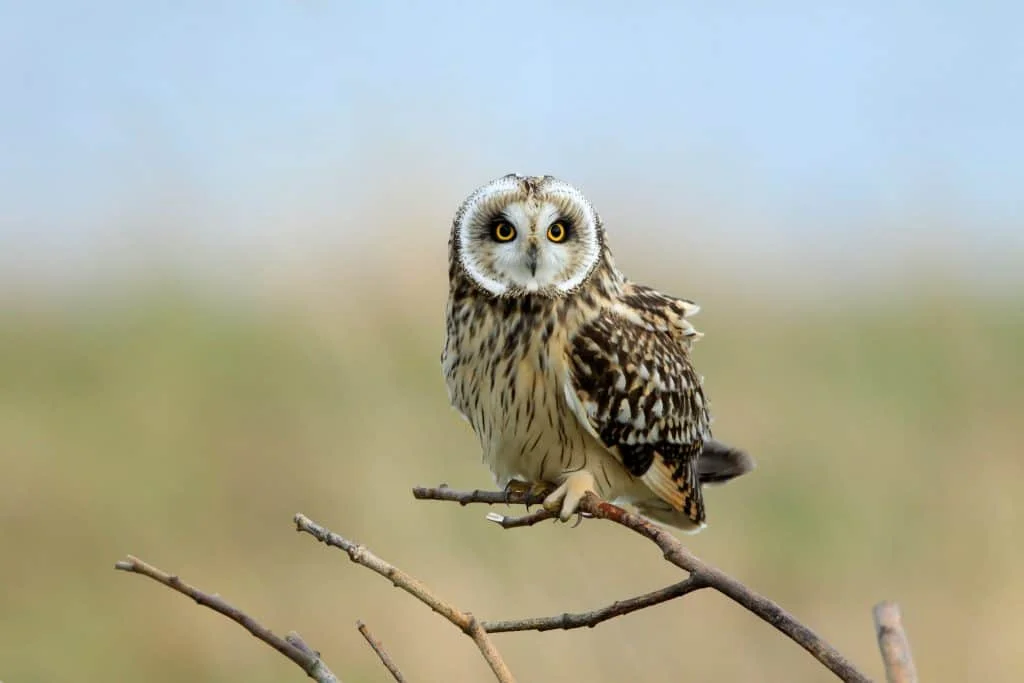
Wingspan
85 to 110 cm
Weight
206–475 g
Life Expectancy
4-12 years
Diet
Voles, Mice, Squirrels
This owl is named for the same reason as the Long-eared Owl, these owls have ear tufts so small they can barely be seen.
They are medium sized for an owl species and have brown feathers spotted with buff that cover all of their bodies. You are most likely to see this owl in large areas of open grasslands.
Their level of activity and sleeping patterns changes depending on the season and they tend to be active at all hours of the day and night when it reaches the breeding season.
They will use the night to do some extra hunting as their courtship displays mainly take place during the daytime. After mating, the male’s primary role is to protect the female whilst she incubates the eggs.
They will do this by performing distraction displays to intruding individuals to deter them away from their nesting site and this is often done to animals of much bigger size.
In the far northern regions of Indiana, this bird is a year-round resident. However, in areas further south of the state they can only be seen outside of their breeding seasons.
They have been spotted in all areas of the state, but the highest recorded number of sightings have been to the north east of the state.
5. Snowy Owl
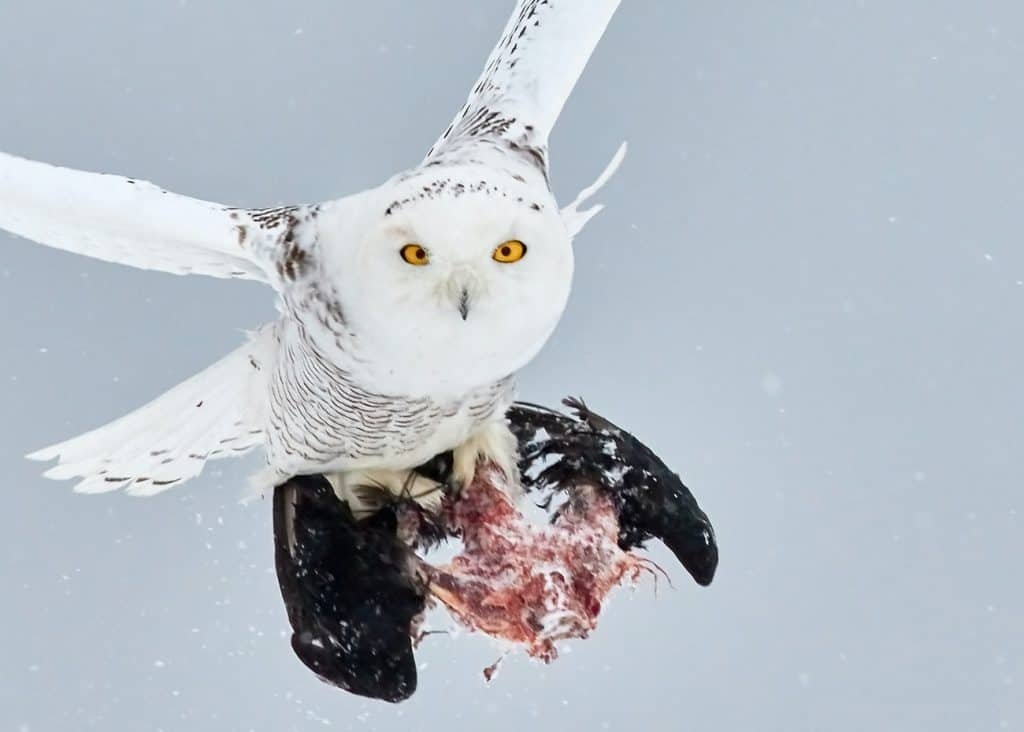
Wingspan
150 cm
Weight
2 kg
Life Expectancy
10 years
Diet
Birds, Rabbits, Fish & Rodents
This owl is most commonly found in the arctic regions where they can be comfortable in their tundra habitat.
They are medium to large in size and covered in completely white feathers, some of which have spotted grey tips.
These owls are very aggressive and have been known to dive bomb humans that have moved too far into their territory and also there has been a recorded incident of a breeding pair attempting to attack an arctic wolf.
To attract a mate, the male Snowy Owl will do a unique display that involves a lot of V-shaped dives and he will also drop a prey item, such as a lemming, at the female’s feet as a gift.
She will accept the gift if she is impressed with the display.
These owls can only be seen in Indiana in the winter months. They have also only been spotted in the far north regions of the state.
However, they have been spotted as far south as the central regions of Indiana. You are most likely to see them in open grasslands in the state.
6. Long Eared Owl
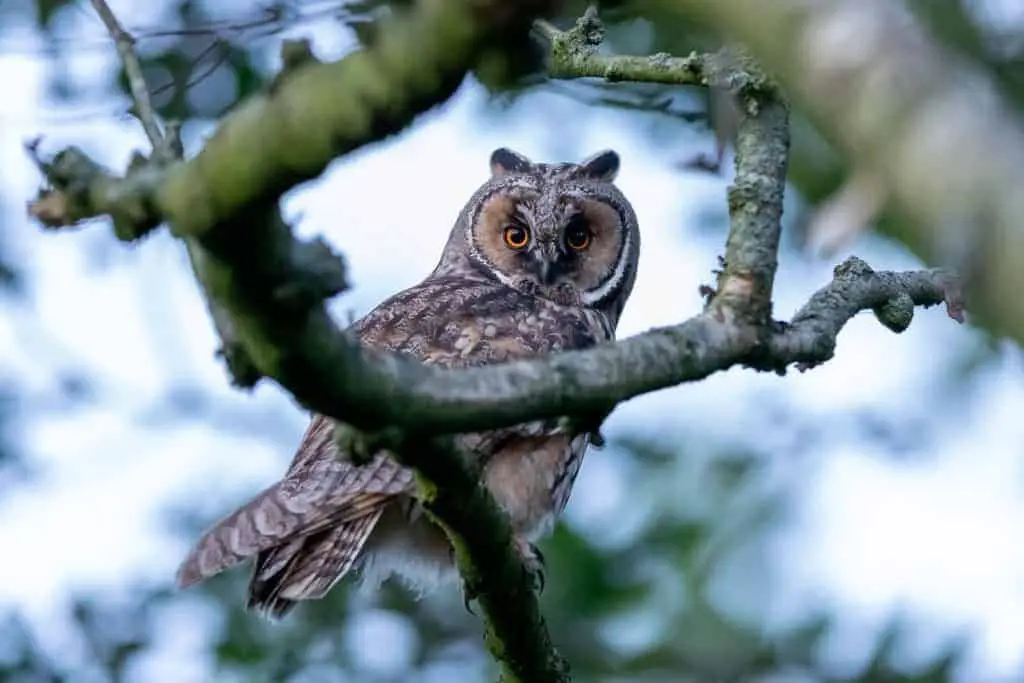
Wingspan
90 to 100cm
Weight
250 g
Life Expectancy
4 years
Diet
Small mammals, mice, rats & rabbits
This owl is named so because it has some of the largest ear tufts of all owl species.
These owls have stout bodies covered in dark feathers and orange faces. They are average in size for an owl species. They require larger spaces for their habitats as they are very territorial.
These habitats are usually open grasslands and coniferous woodlands. These birds form colonies that are loose in their structure which can reach a number of 100 individuals outside of the breeding season.
During the breeding season the number of individuals in the colony will decrease but they will still nest close to each other. Males begin courting a female during the late winter, before the colonies are fully formed and they remain monogamous to their breeding partner.
There is speculation as to whether these breeding pairs are long-term or if a male will mate with a different individual from the colony in subsequent seasons.
These owls have a large range across the united state and can be seen in all regions throughout the state of Indiana. However, they are not year-round residents and can only be seen in the state outside of their breeding seasons.
They have most commonly been spotted in the north and central areas of Indiana.
7. Barred Owl
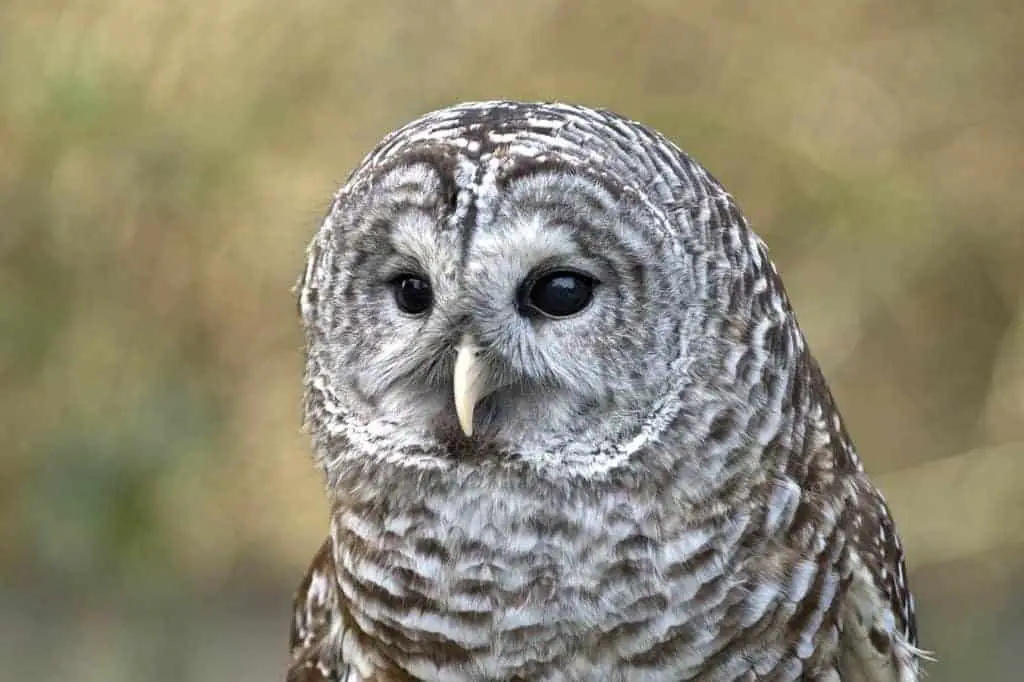
Wingspan
96-125 cm
Weight
468-1,150 g
Life Expectancy
10-23 years
Diet
Small mammals
The barred patterns on this owl’s wings made by its feathers, that are brown and white in colour are what gives this owl both its name and its most identifiable feature.
These owls are most commonly found in woods that are close to swamps and marshlands and like to make their nests in mixed woodlands.
These owls spend their day roosting and will hunt at night which is usual behaviour for lots of owl species.
Both males and females are defensive of their territory and they form breeding pairs that remain monogamous to each other.
It is thought that these breeding pairs are long term and they are thought to mate for life although this is not fully confirmed.
These owls are permanent residents in Indiana and can be seen throughout all the seasons.
Their range spans over all regions of the state but the highest number of recorded sightings has been in the south eastern regions of the state.
8. Eastern Screech Owl
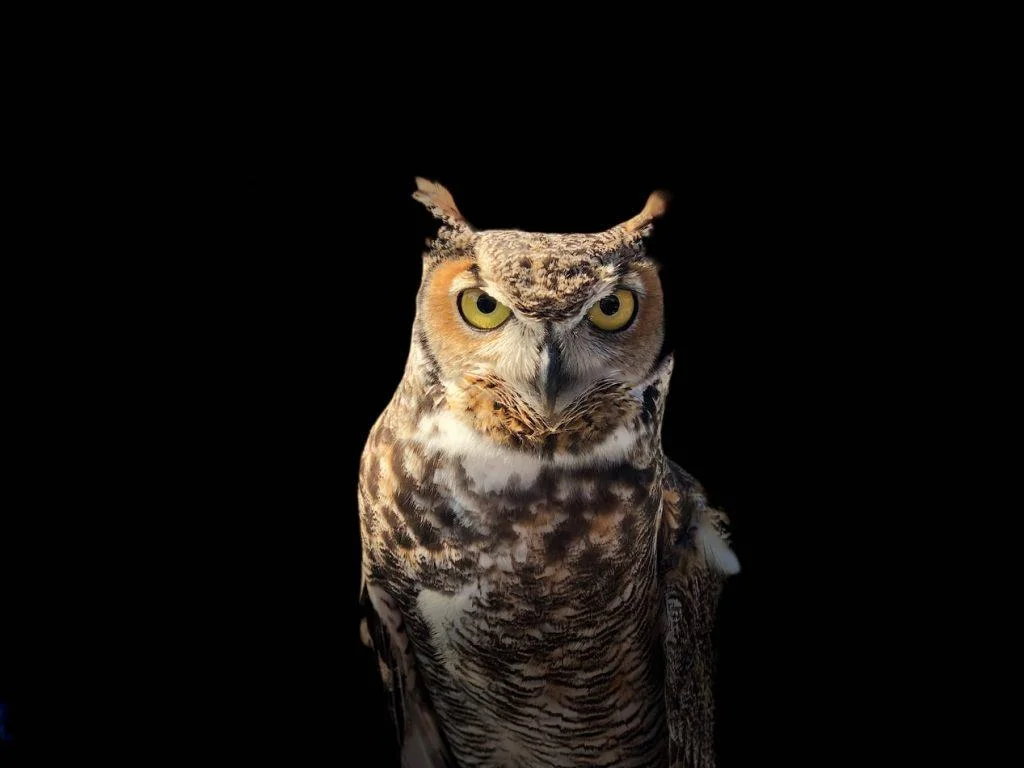
Wingspan
20 inches
Weight
160g
Life Expectancy
14 years
Diet
Beetles, moths & cricket
The Eastern Screech-Owl has a large head and a barely visible neck.
Its body in short and stocky and they are covered in different shades of grey feathers that help them to camouflage well against the bark of trees. This owl is not particularly fussy about its habitat as long as there is woodland dense enough to provide cover.
These owls form long term pairings but in seasons of high prey abundance they male may mate with two females.
Each female will only produce one brood per season and they lay 2 to 6 eggs per brood. Their young will stay with the parents for a long while and are required to be fed by them for the first 10 weeks of their lives.
These owls can be seen throughout the year in the state of Indiana. They are most active in their breeding seasons and have been seen in all regions of the state.
They have an even distribution throughout the state, but the most common number of sightings appear to be in the northern regions of the state.

More Articles.
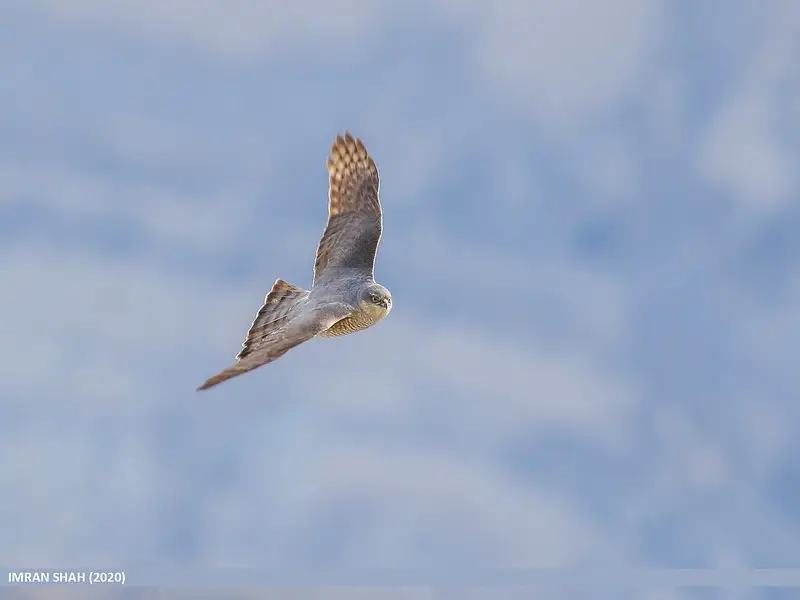
What Hawks can you see in Spain?(3 Species with Pictures & Sounds)
What Hawks can you see in Spain? There are 3 different species of Hawks that

Cardinals are one of the most beautiful birds around and are known to delight birdwatchers
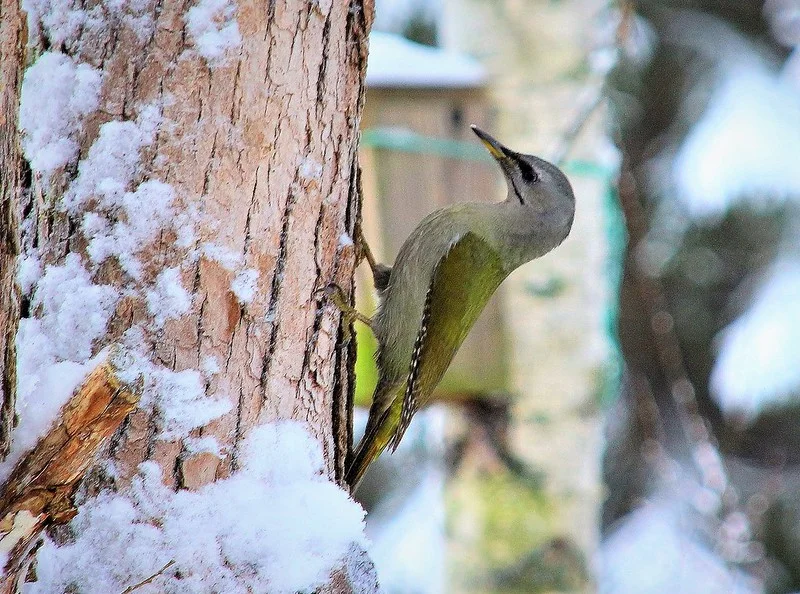
What Woodpeckers can you see in Italy? (8 Species with Pictures & Sounds)
What woodpeckers can you see in Italy? There are 8 different species of woodpecker that

About Us
We are avid bird-watchers who recently retired, allowing us more time to travel the world. Fortunately, we have managed to visit numerous countries around Europe, Asia, and America. Watching and photographing birds has been a passion for many years and we are making the most of the extra time on our hands!
